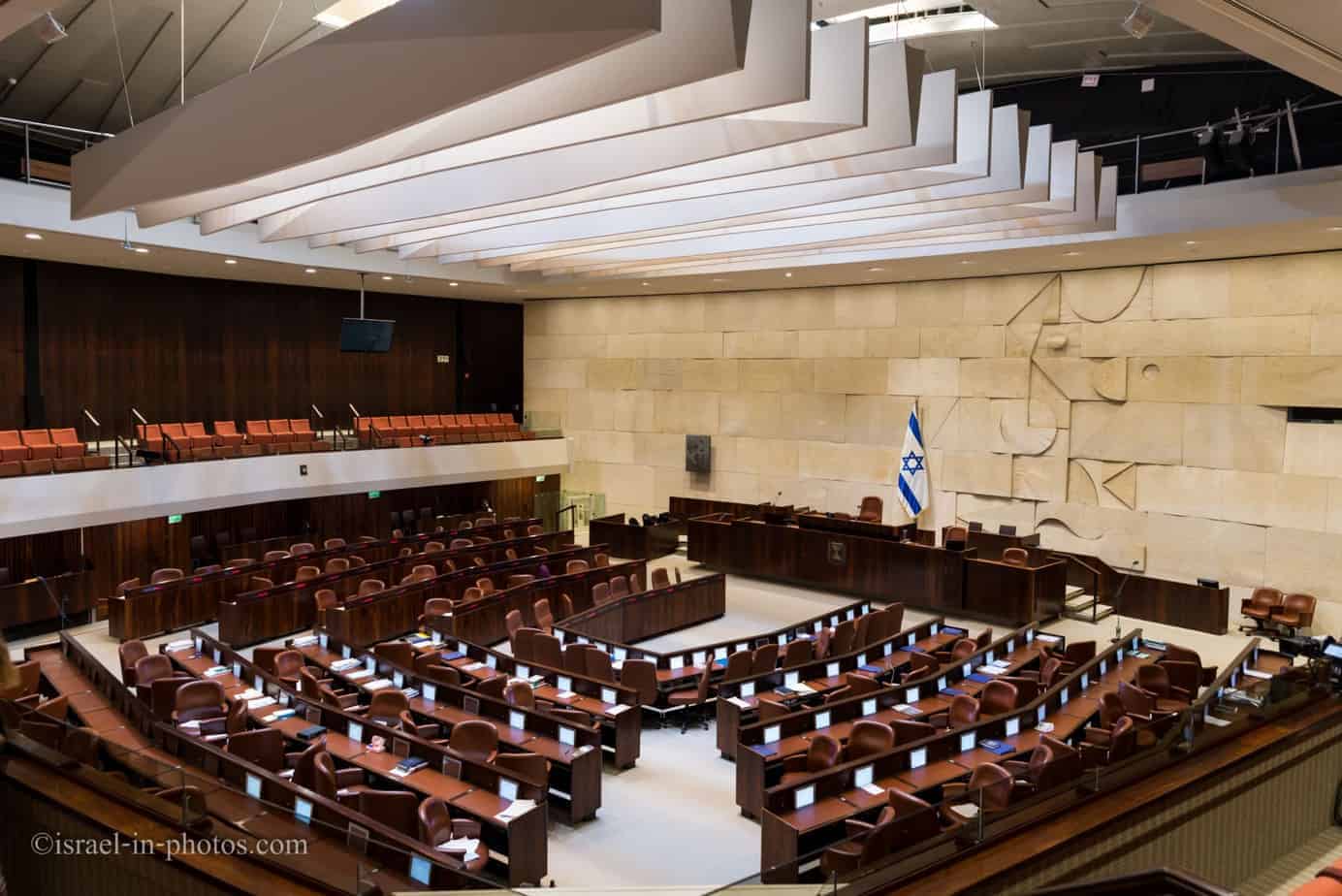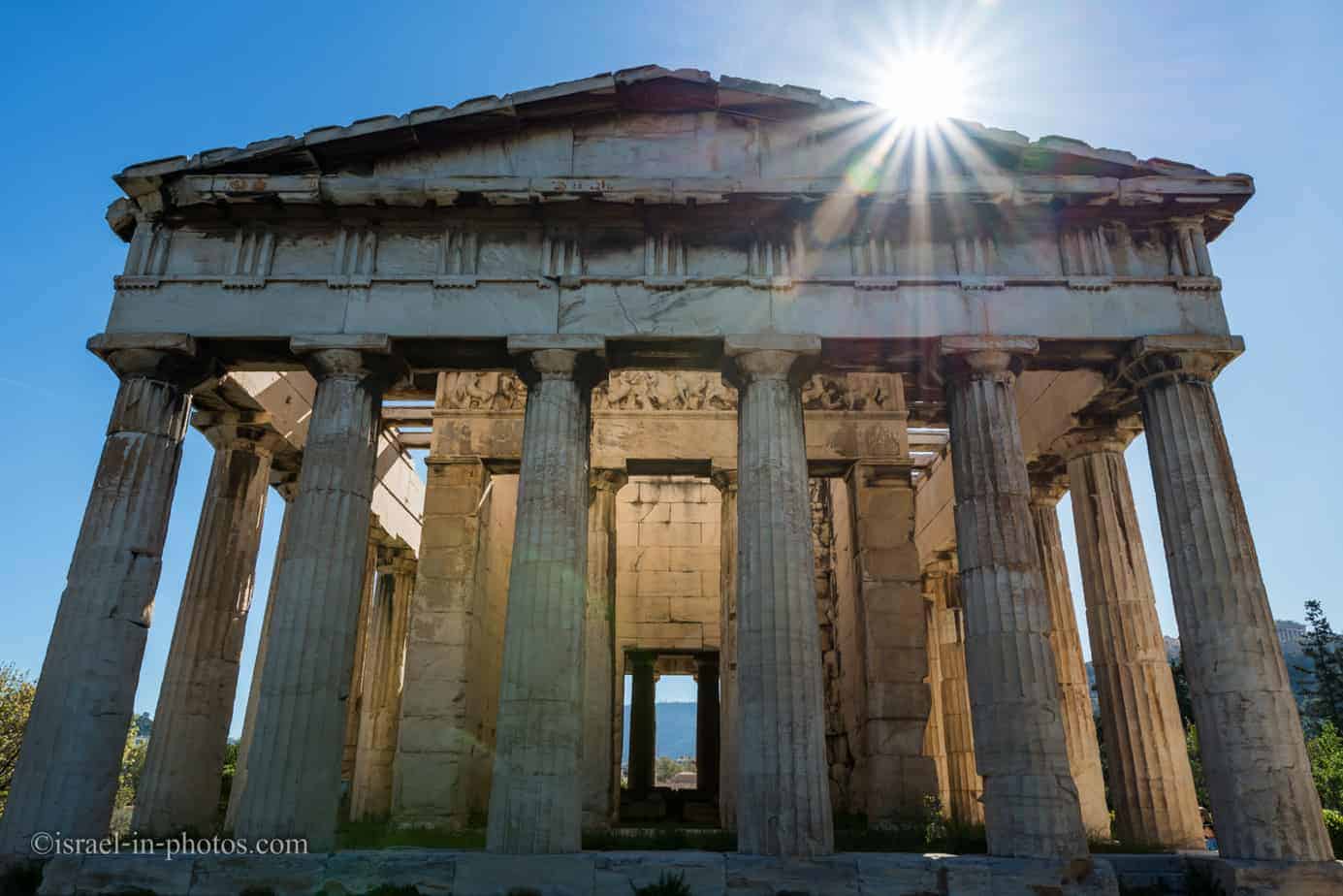Kfar Kama – A Visit to a Circassian Town – Visitors Guide
Kfar Kama is one of two Circassian towns in Israel, located in the Lower Galilee. Today, we will visit it.
Table of Contents
Map
Kfar Kama is situated in the Lower Galilee, near Mount Tavor.
You can use the directions links below.
Directions for drivers: Link to Waze and Link to Google Maps
Directions for public transport: Link to Moovit
Interactive map of the area:
Parking
There are many places in this town where you can park for free. We parked near the first location we planned to visit, the Circassian Heritage Center.
Danul Cafe & Bakery
Danul Cafe & Bakery is located at the entrance of the Circassian Heritage Center. Since we saw positive recommendations and it has a good rating, we decided to make a short stop.
Note: I added all points of interest to the interactive map above.
Here are several photos:
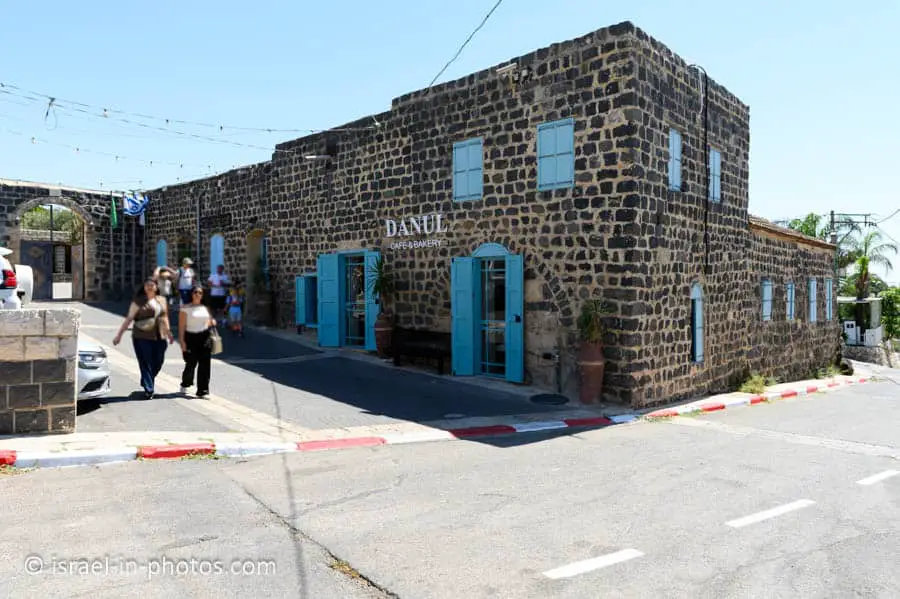
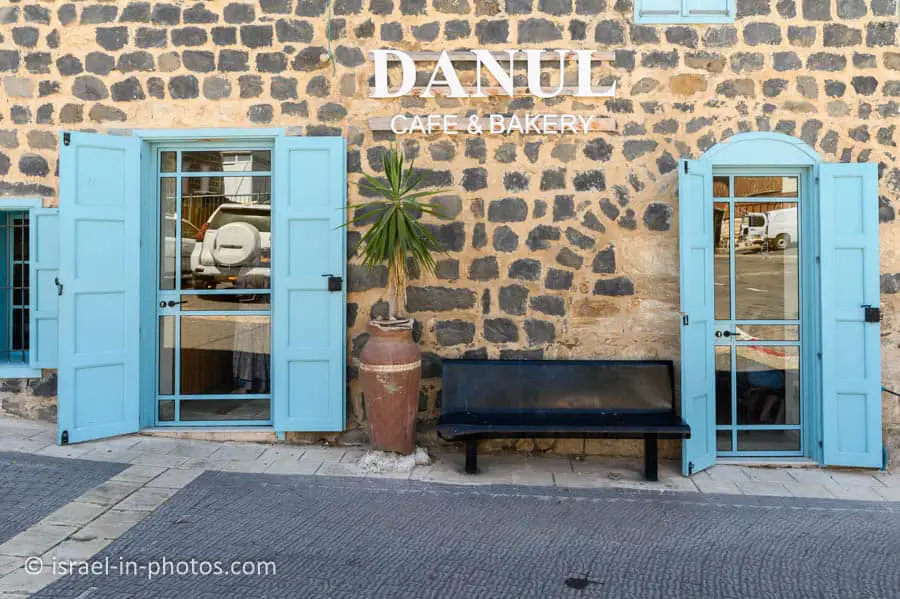
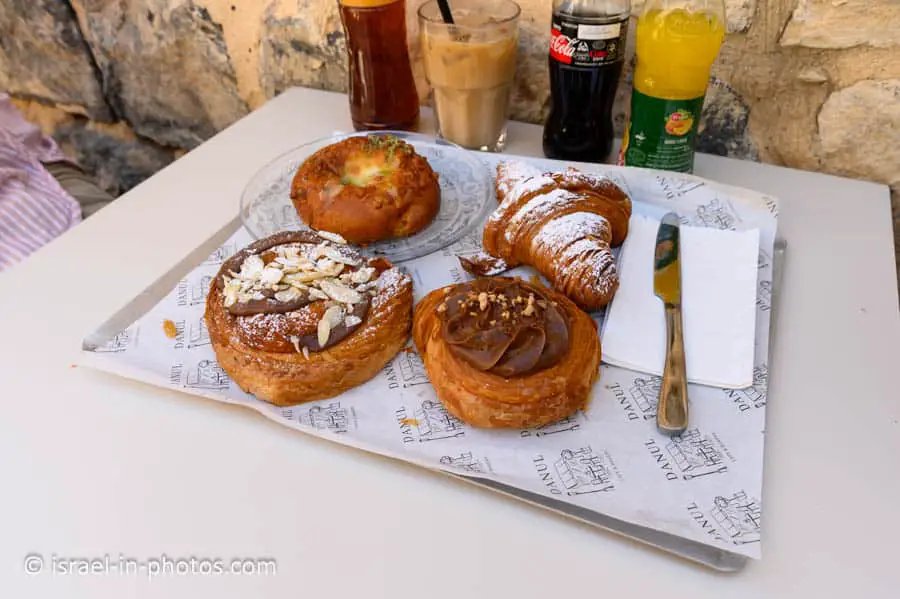
Everything was fresh and tasty.
I want to point out that there are only a limited number of tables available indoors. If all of them are occupied, you can find a table in the backyard or on the second floor. Please note that the stairs to the second floor are located outside.
And after a short break, we headed to the Circassian Heritage Center.
Circassian Heritage Center
As we entered the heritage center, the local guide noticed us and informed us that a movie had just started. She suggested that we watch the film first, then join a museum tour, and pay at the end. We decided to follow her suggestion. However, before sharing the movie details, I would like to provide some basic information.
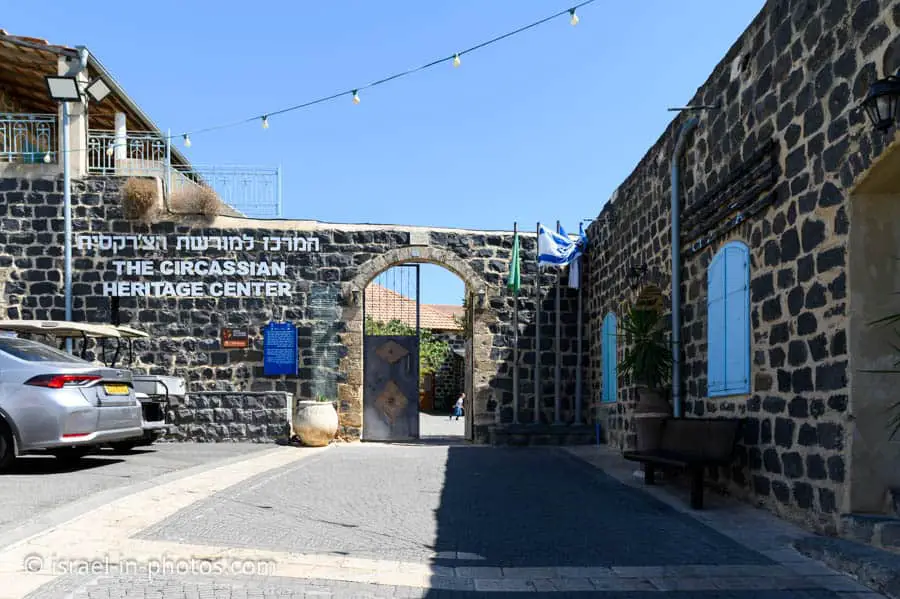
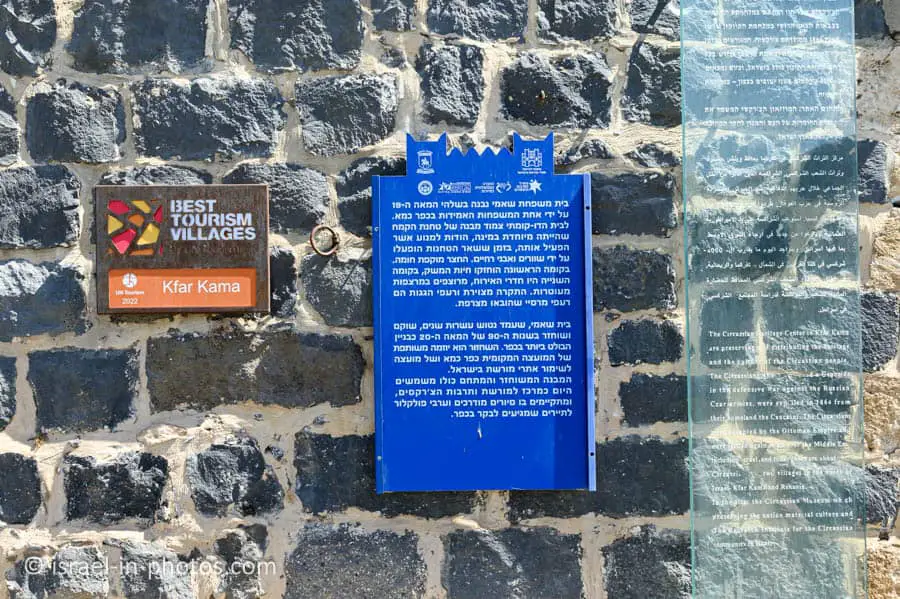
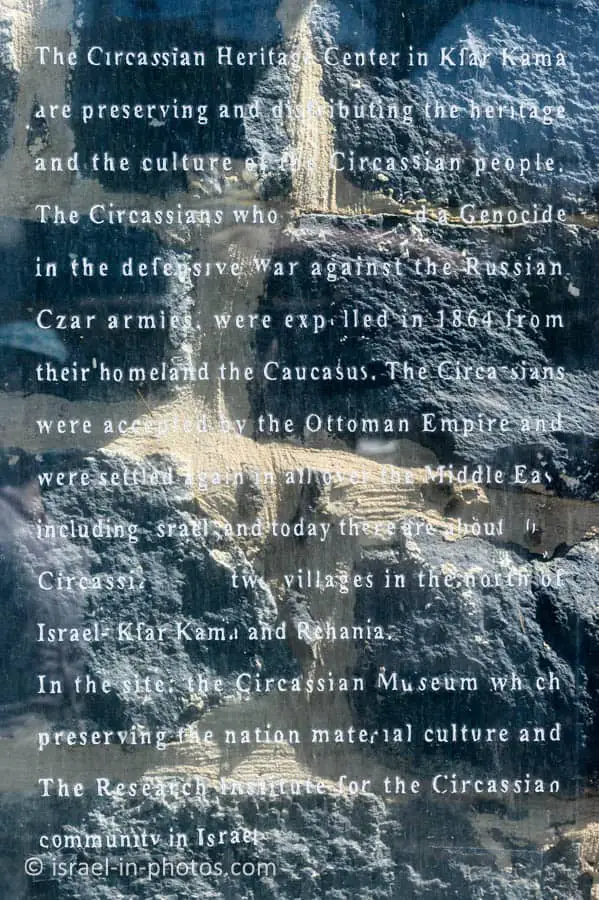
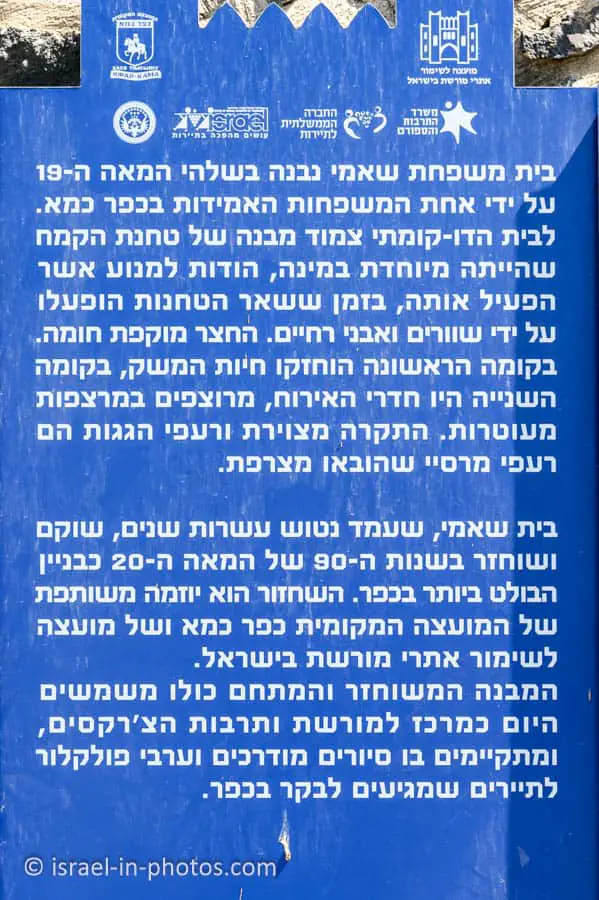
The Circassian Museum is located in a 130-year-old, authentic building in Kfar Kama. Most of the components of the Circassian house have been preserved. They are now used for illustration, presenting a display of ancient artefacts from Circassian culture, some of which are very rare and originate from the Caucasus Mountains, as well as costumes of Circassian warriors and work tools used by the first settlers.
Source: The Council for Conservation of Heritage Sites in Israel
Kfar Kama was included in the list of Best Tourism Villages by the UN Tourism in 2022.
Opening Hours of the Heritage Center
Monday – Saturday: 10:00 – 17:00
Entrance Fee
Adult – 35 NIS.
Child (6 – 12) – 25 NIS.
Children (0 – 6) – free.
Note: You can find additional info on the official website.
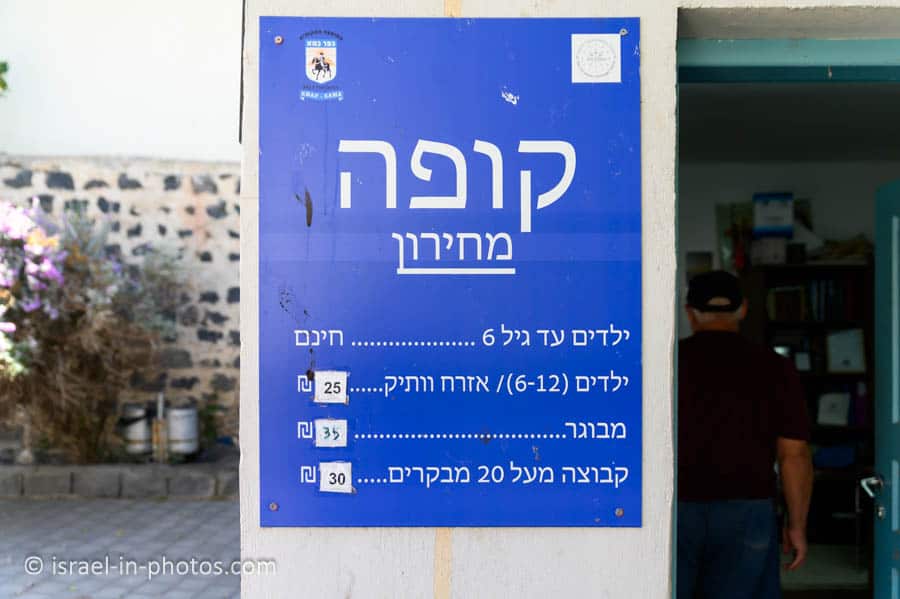
The Movie
We watched a 15-minute movie that told the history of Circassians.
The origins of the Circassians can be traced to the mountains of the north-western Caucasus, where they have lived for thousands of years. In the 19th century, the Caucasus was occupied by the Russian Empire, more than one million Circassians were murdered, and the greater part of that people were deported from their homeland. The neighbouring Ottoman Empire absorbed the Circassian refugees and encouraged them to settle in parts of its territory, including the Land of Israel. In the second half of the 19th century, the Circassians established three settlements in the Land of Israel, two of which still exist in the Galilee: Kfar Kama, with a population of approximately 3000, and Rihanya, with around 1000 inhabitants.
Source: The Council for Conservation of Heritage Sites in Israel
The majority of Circassians globally practice Sunni Islam, including all Circassians in Israel, who were forcibly converted by the Ottoman Empire. Our guide informed us that today, approximately half of the population of Kfar Kama is religious.
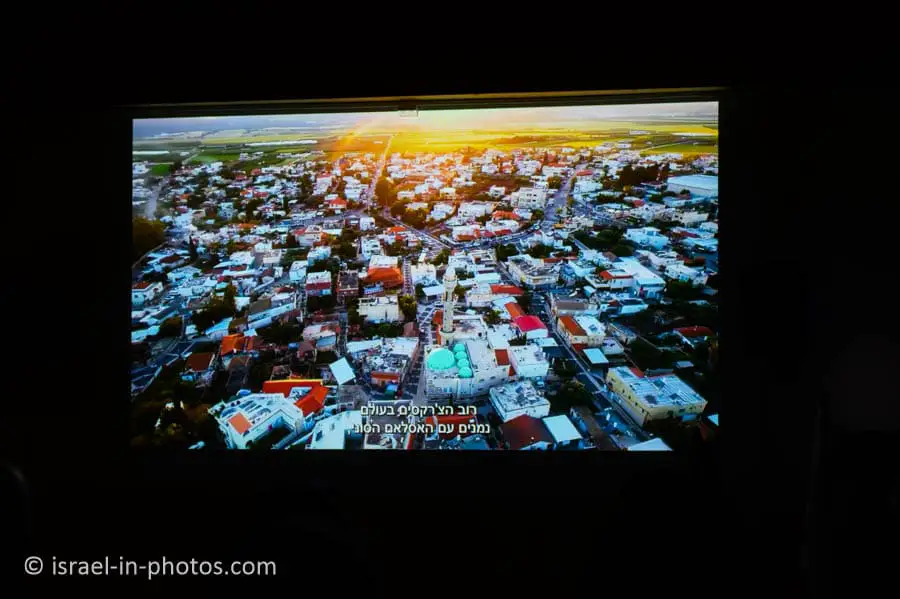
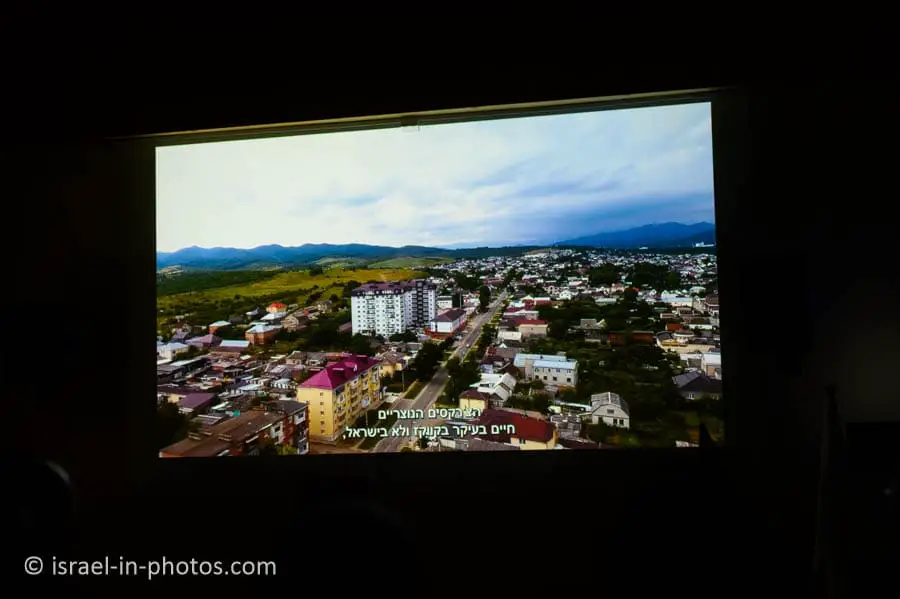
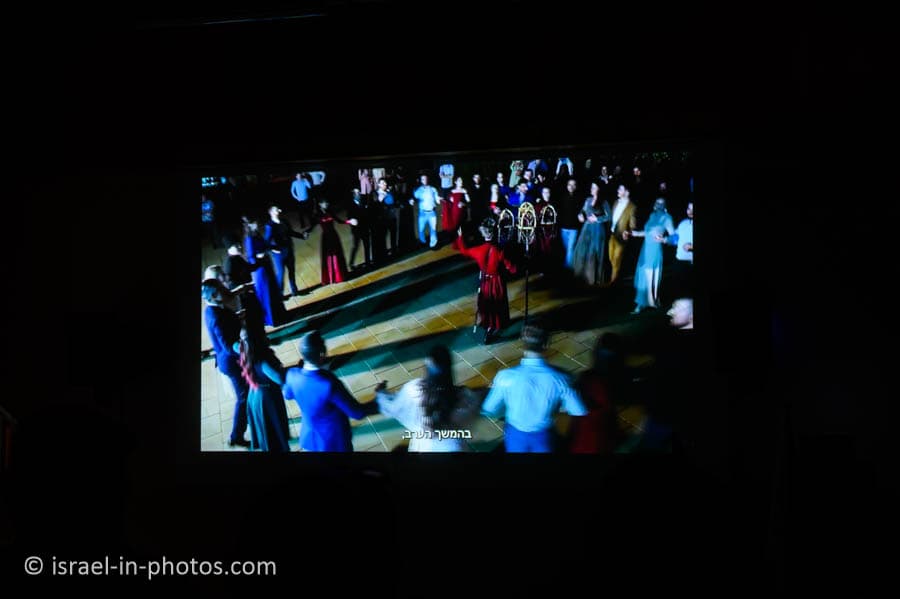
Documents about the Circassian genocide are displayed on the screening hall walls.
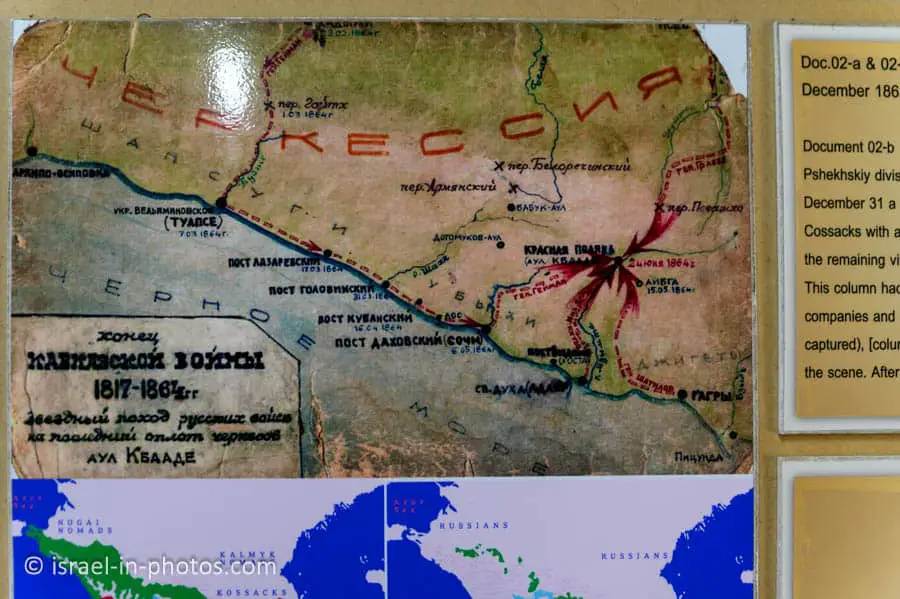
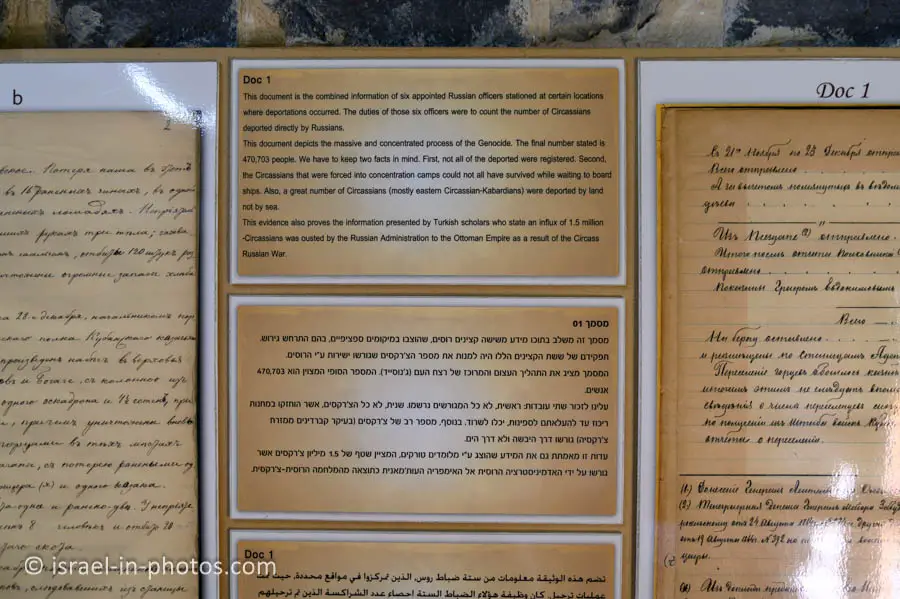
The Museum
When the movie ended, our guide came to answer questions, and then we followed her to the museum.
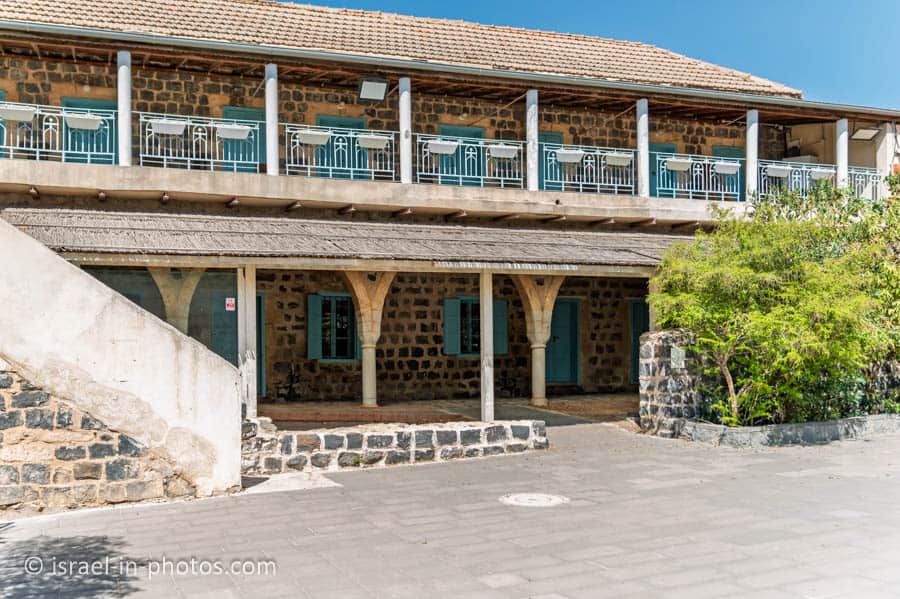
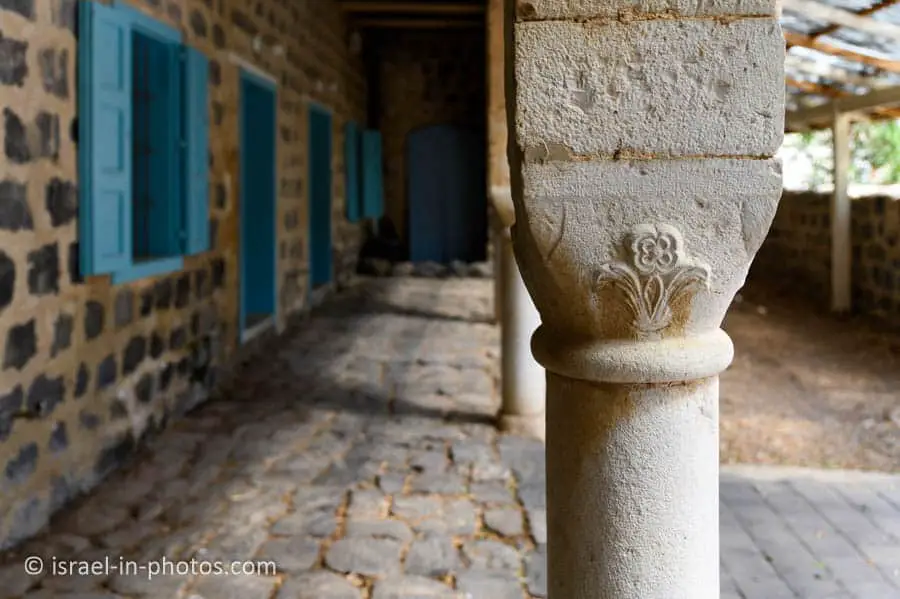
In the first room of the museum, we were told about traditional Circassian clothing.
For example, if a man is single, you can see his ears. However, if he is married, his hat typically covers his ears.
Traditionally, men had cigar-shaped elements on their chests. Although we once thought these were used to store gunpowder, they were actually storage cells for different materials. They could hold a variety of items, such as medicine, gunpowder, bandages, or anything else. The advantage of this location is that it not only serves as a protective layer, but the contents can also be accessed using the mouth, which can be useful when riding a horse.
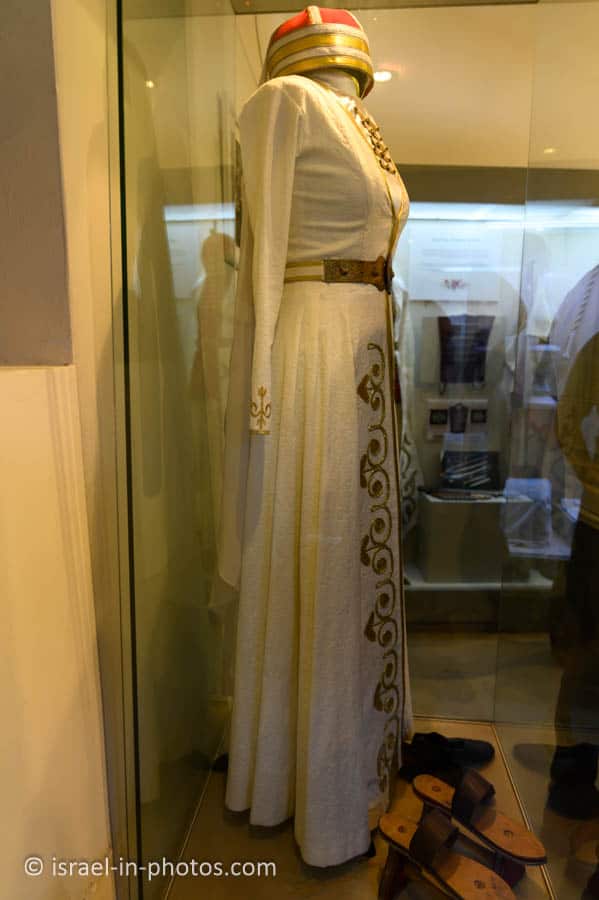
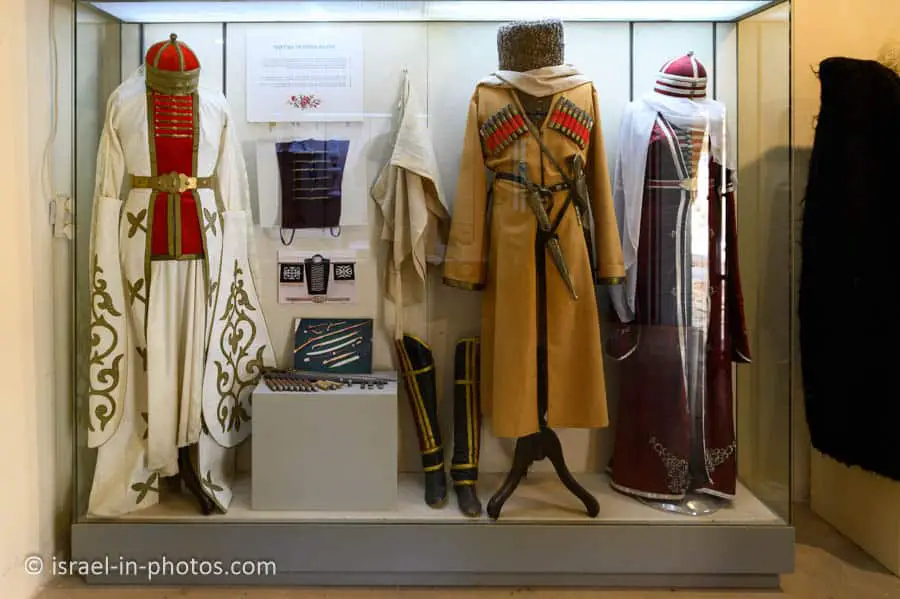
In the next room, we discussed traditional musical instruments. Since matchmaking was done through dancing, specific instruments signaled who should next enter the center of the dance circle.
And we also saw baby cots that are still used to this day.
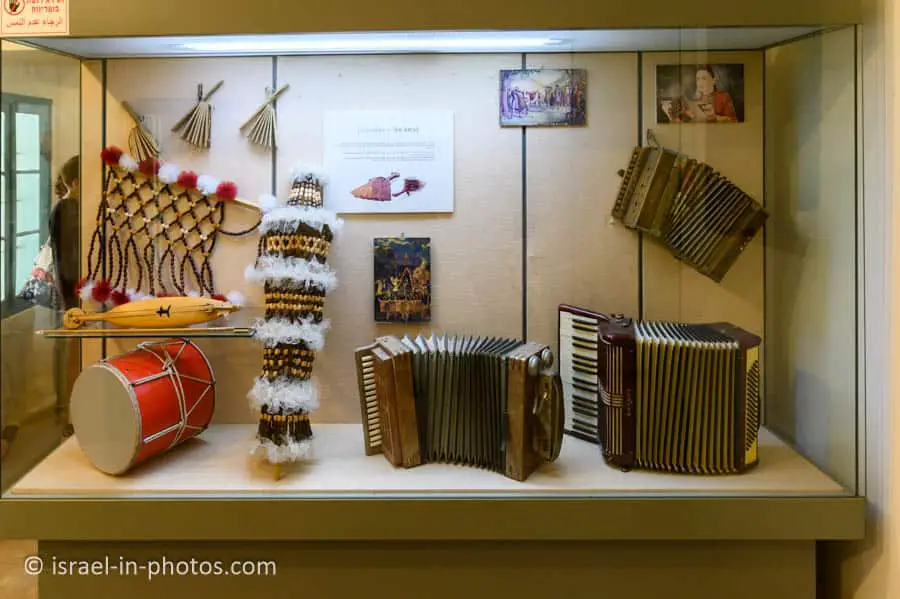
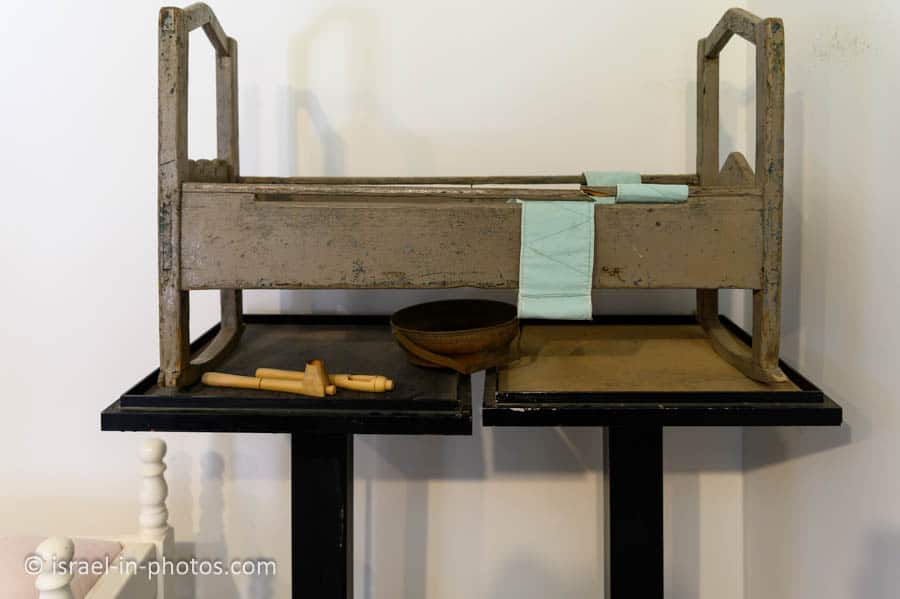
In the last room we visited, we discussed the transition of Circassians from being fighters to becoming farmers. According to tradition, Circassians place their children, typically between the ages of 8 and 14, into foster families. This practice is believed to help reduce the likelihood of compassion during the children’s training.
This is one reason Circassians are regarded as skilled warriors. They were brought to this region for defensive purposes. However, after the establishment of Israel, the need for guarding diminished, and Circassians shifted to agriculture.
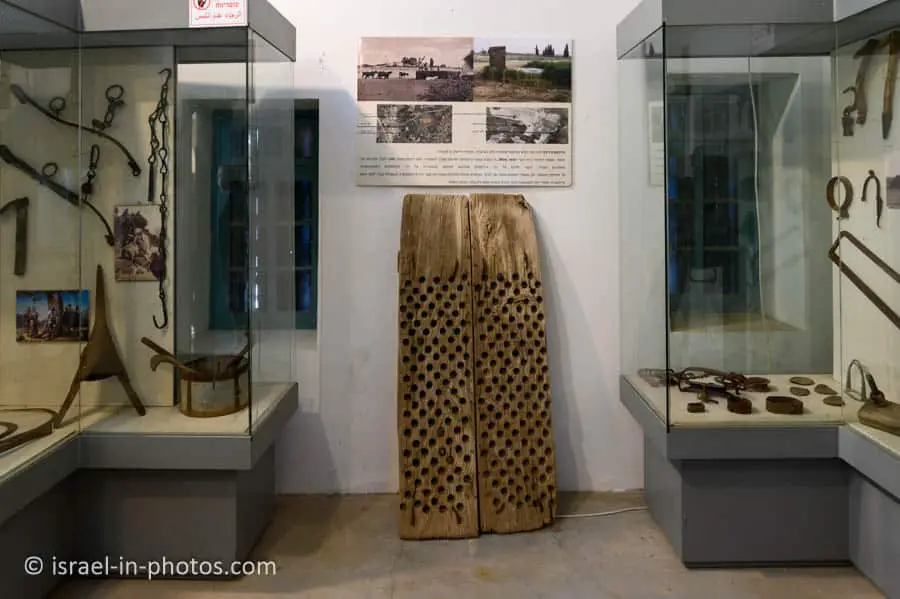
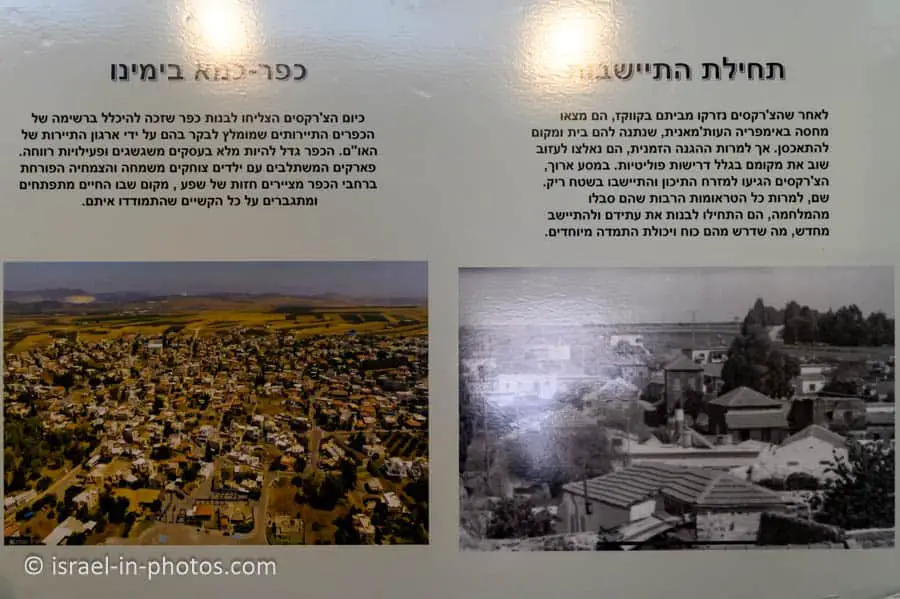
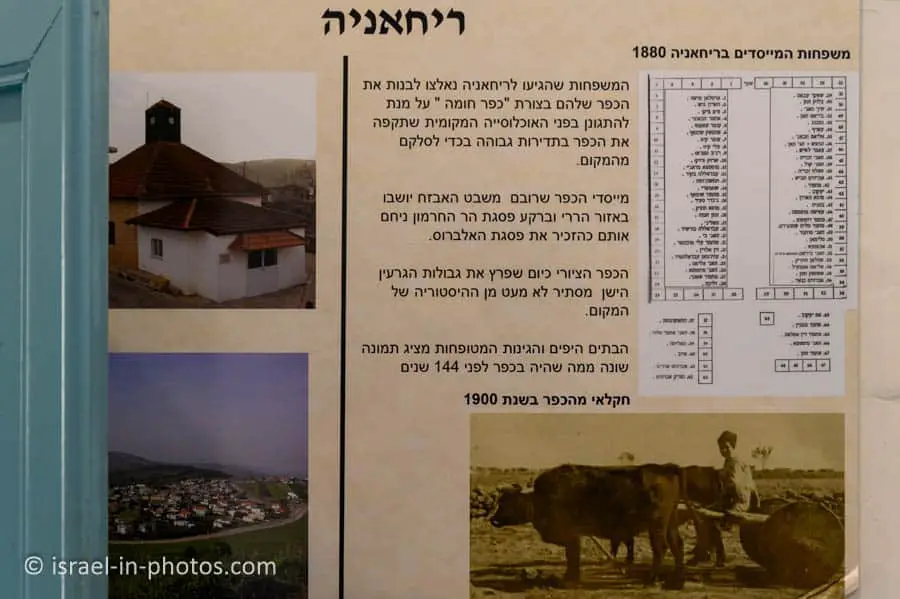
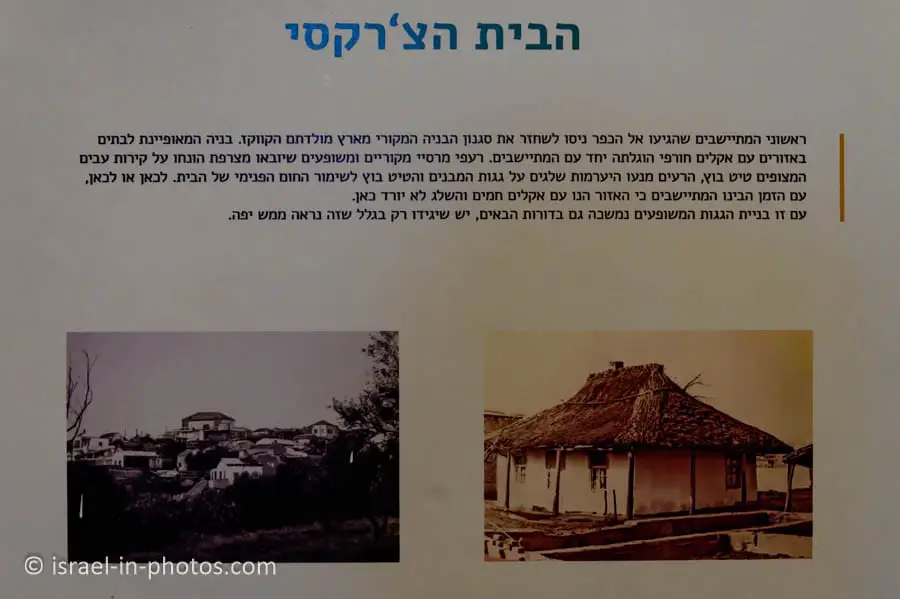
One key point our guide emphasized was the importance of tradition and the desire to preserve it. For instance, honoring women is a significant principle. When a horse rider passes by a woman, he dismounts from his horse and walks past her on foot. This practice is intended to avoid scaring her.
The movie and the tour lasted about an hour, and after paying for the tickets, we took a stroll in the streets by the heritage center.
Stroll at Kfar Kama
While walking in Kfar Kama, we made several observations. First, the streets are very clean. Second, there is a lot of greenery. Third, they use golf carts to move around the city. And fourth, street name signs list the names in Hebrew, Arabic, and Circassian.
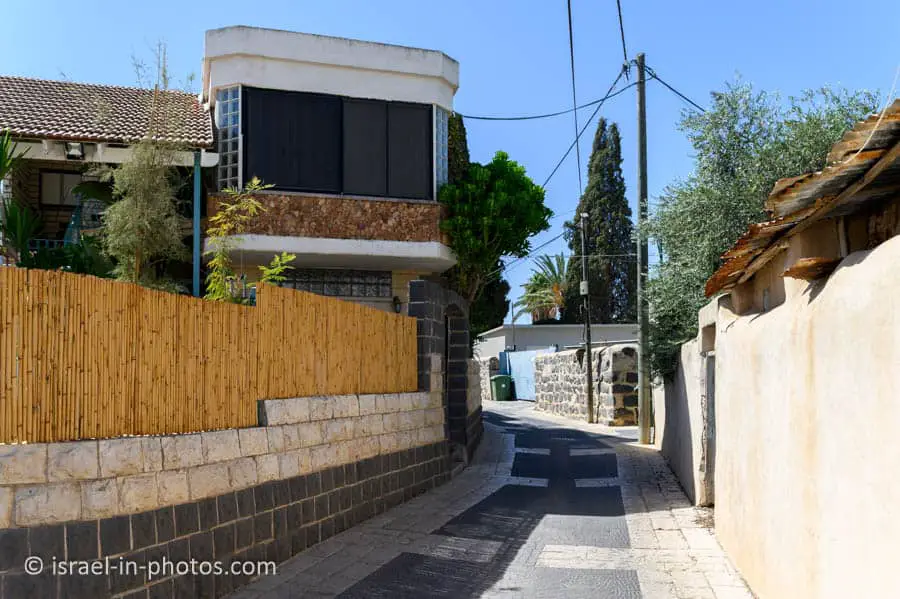
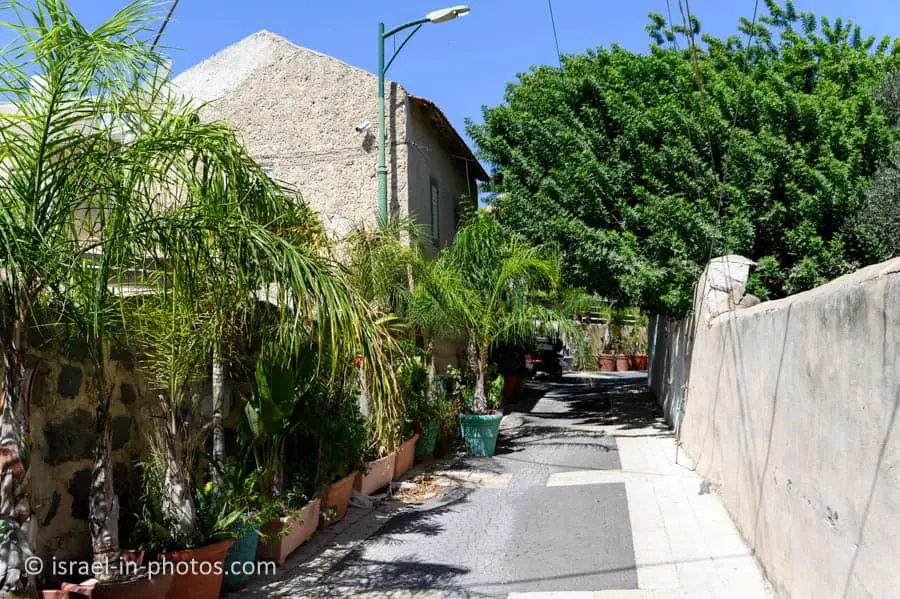
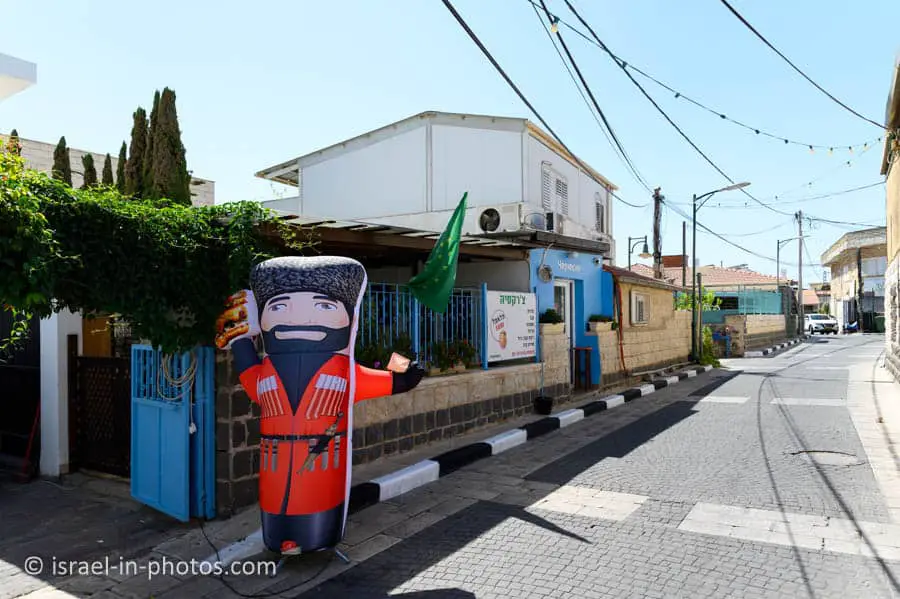
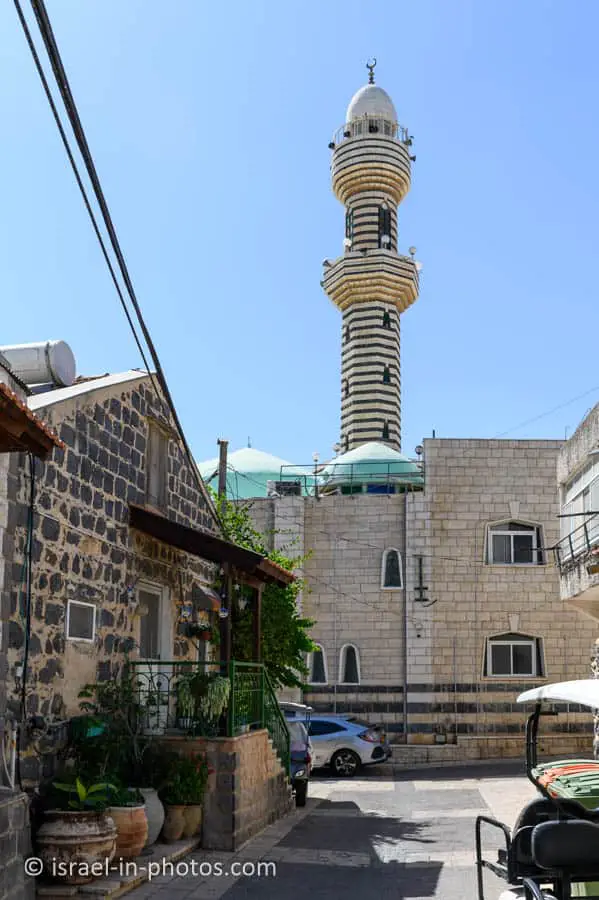
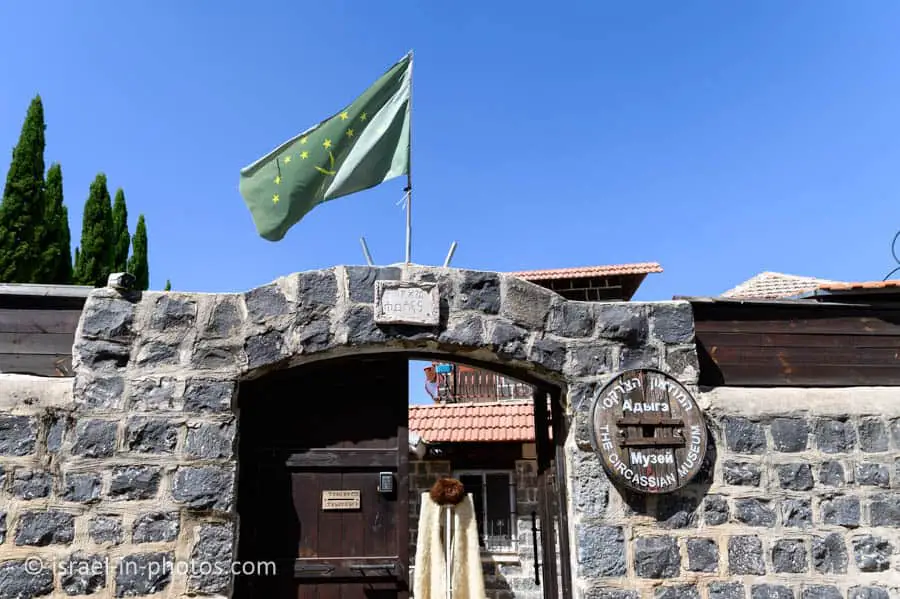
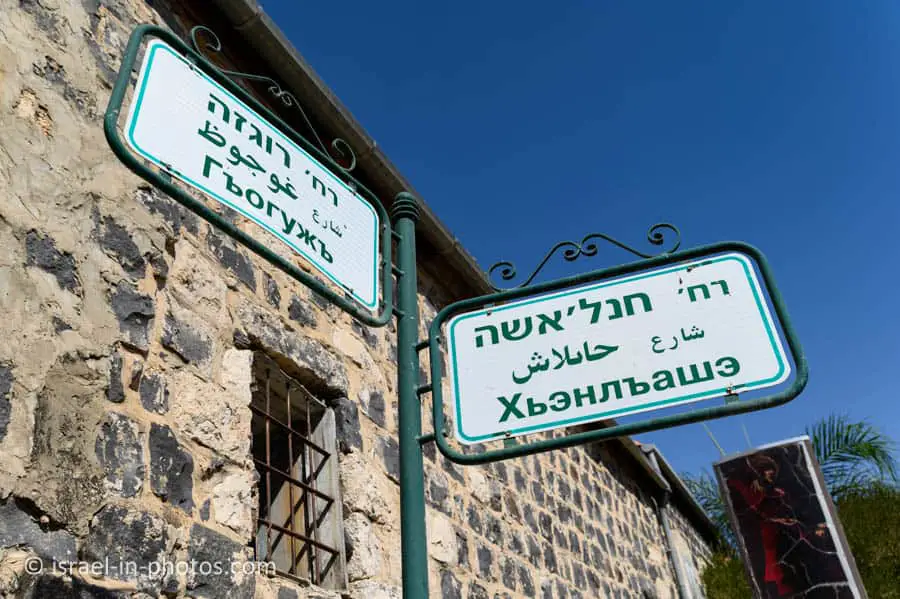
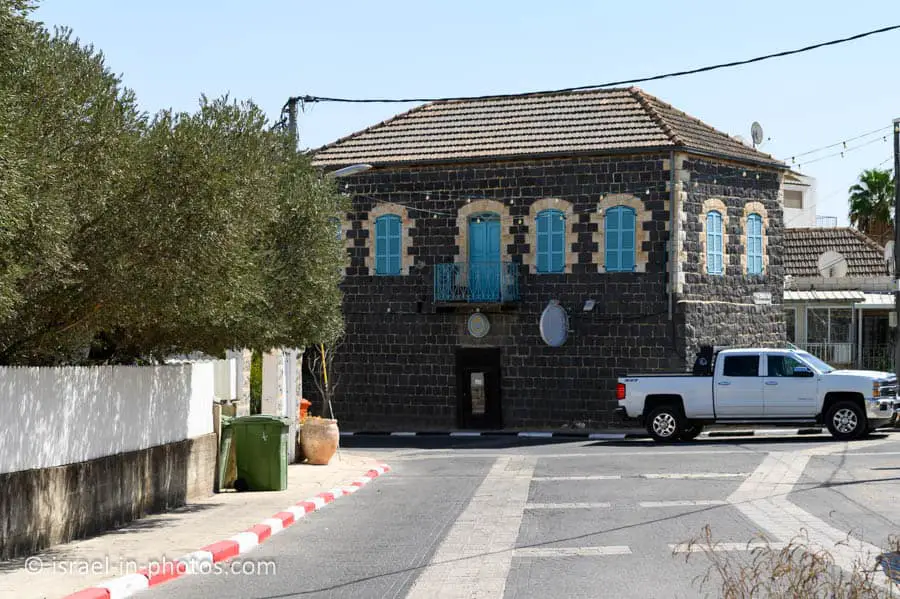
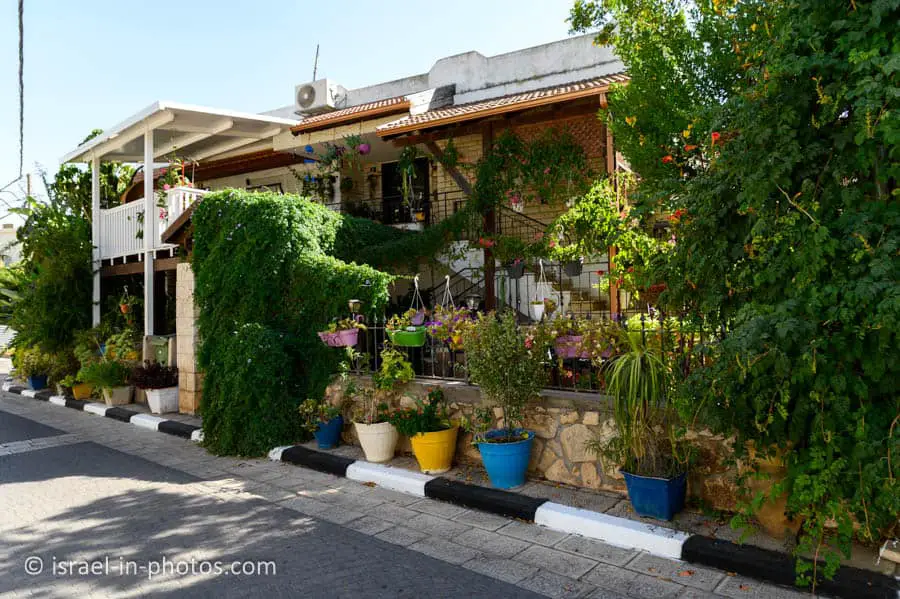
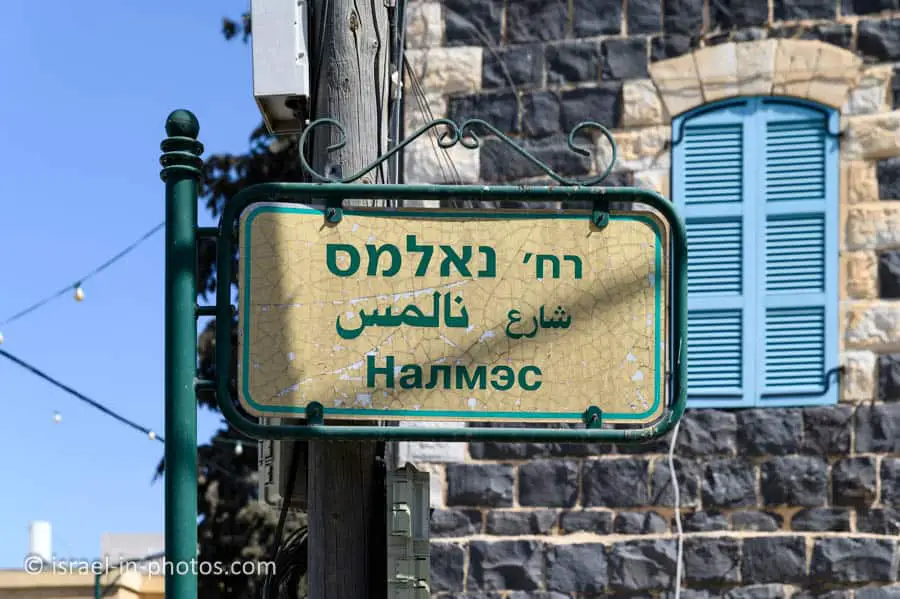
Hesus Knafeh
During our walk, we made a short stop at Hesus Knafeh.
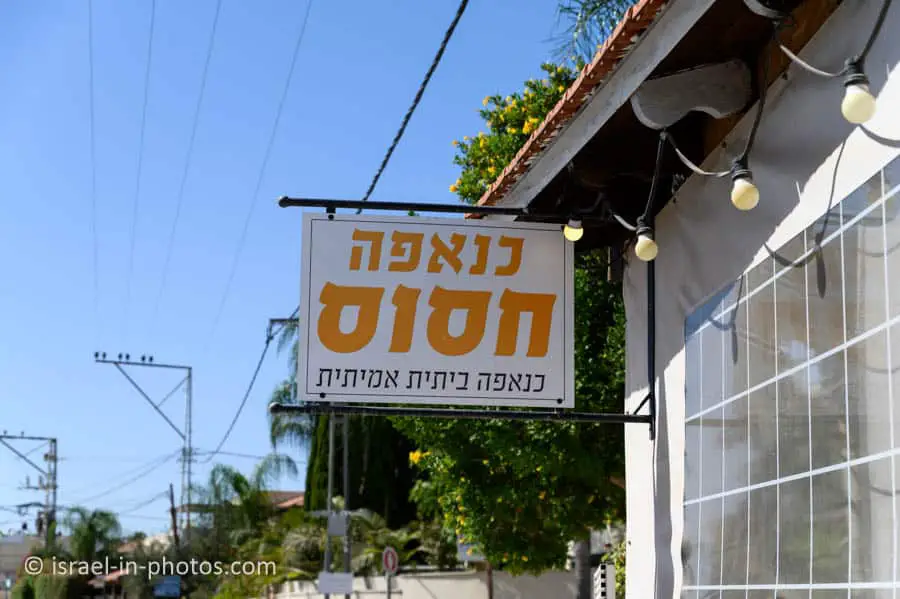
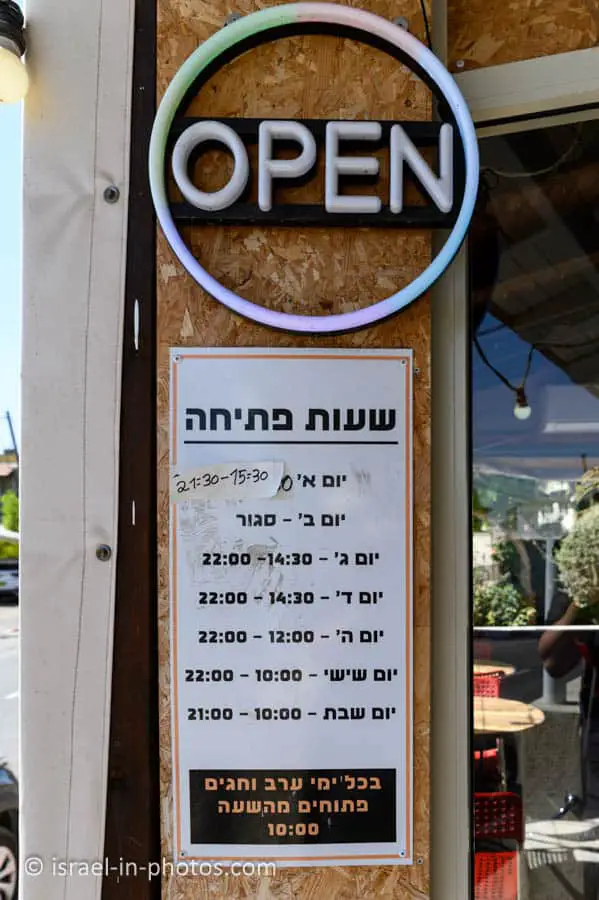
With additional powers, we returned to our car and drove for several minutes to our next stop.
Elbrus Cheese
Our last stop was at Elbrus Cheese. We tasted and purchased Circassian cheeses. And in the photos below, you can see my favorite cheese.
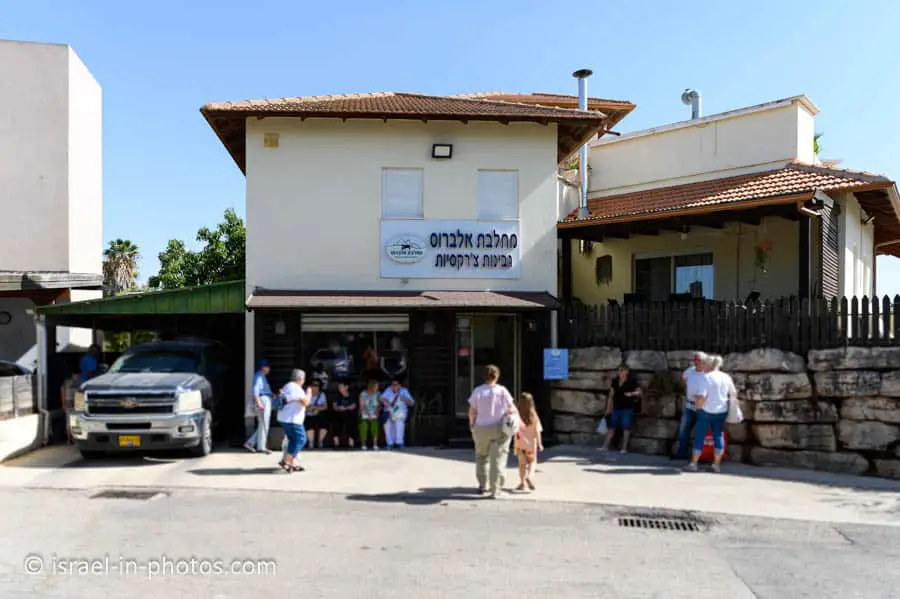
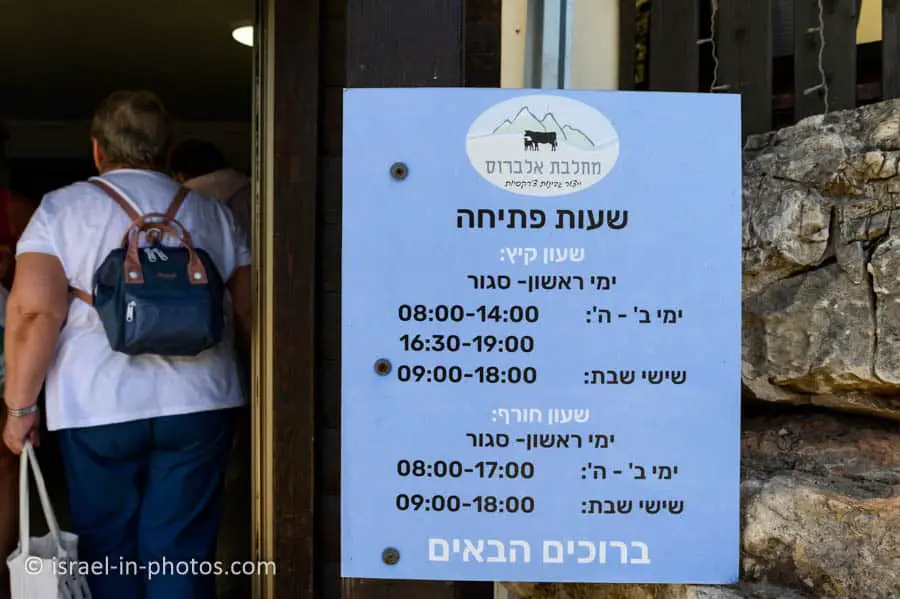
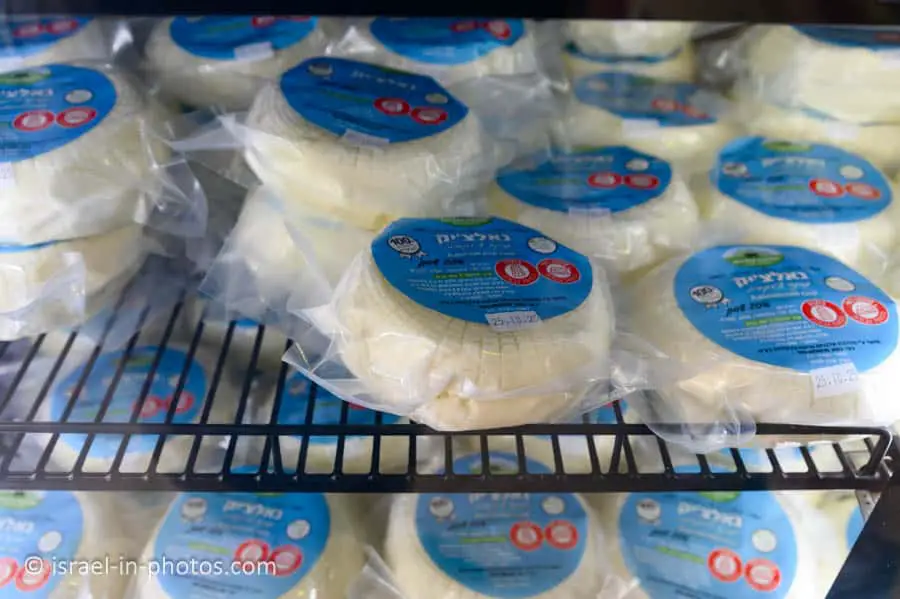
Summary
We spent about three hours in Kfar Kama, and it was a wonderful experience that we plan to repeat. Our guide mentioned that there is usually a festival in Kfar Kama at the end of July, so we might visit again during that time.
There are many other attractions nearby, you can easily combine your trip with visits to other places. Additional points of interest are marked on the interactive map at the top of this page.
Have you ever been to Kfar Kama? Tell us about your experience in the comments below.
That’s all for today, and I’ll see you on future trips!
Stay Tuned!
Additional Resources
Here are several resources that I created to help travelers:- Trip Planner with Attractions and Itineraries is the page that will help you create your perfect travel route.
- What is the Best Time to visit Israel? To answer this question, we will consider the weather, prices, holidays, festivals, and more.
- Information and Tips for Tourists to Israel will answer the most common questions tourists have about Israel (including safety, passports, weather, currency, tipping, electricity, and much more).
- Israel National Parks and Nature Reserves include a complete list, top ten, map, tickets (Israel Pass, Matmon, combo), and campsites.
- If you are looking for things to do, here are the pages for Jerusalem, Tel Aviv, Haifa, Sea Of Galilee, Akko (Acre), Eilat, Nazareth, Safed (Tzfat), and Makhtesh Ramon.

